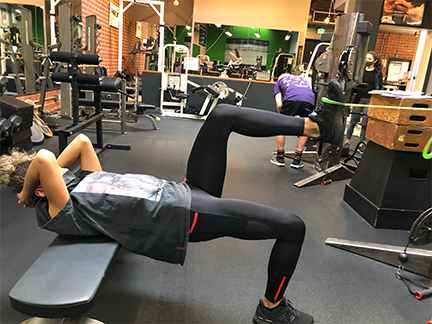By: Robert Forster PT

The foundation of all modern training, Periodization was officially christened in 1963 by Tudor O. Bompa, a former Olympic rower and faculty member of the Romanian Institute of Sport who trained 11 Olympics and World Championships medalists in track and field and rowing. But Soviet sports scientists had been working on this type of training since the 50’s, conducting controlled research on promising young athletes in isolated training facilities. Able to control diet, sleep and environment while ignoring inconvenient Western concepts like consent they manipulated exercise stimulus in search of the most effective training program design. The results may have been ethically corrupt , but proved to be scientifically sound.
What emerged was a model of human adaptation that provides predictable outcomes when exercise is orchestrated in a scientifically rational sequence. Of course, after what became known as Periodization was used with great success by Iron Curtain athletes, the West and started getting on board with it in the 70’s.
Basically, the Periodization model builds the athlete up to optimal performance with a stairstep series of methodical, progressive challenges and recoveries that strengthen your body and keep brain and brawn fresh. It starts with a goal and plans a workout schedule leading up to it, breaking-up your training time for your targeted goals into training cycles or phases, each with a specific fitness sub-goal in mind.
In a nutshell, Periodization proves that development of substantial physiological infrastructure must precede the hard work of the later phases as you approach peak fitness Without developing the necessary infrastructure first through Base Training, and progressed in Strength Development, the hard work needed to prepare for competition will not be as effective and also may not be tolerated, leading to injury or illness. The five training phases of periodization ultimately help you avoid the pit fall of all runners: Overtraining, which leaves you burned out, sick, injured, and with sub-optimal performances.




